How to build a perfect hair rig
Preparing a hair-rig is very simple, but in order not to leave a chance for your mustachioed friends it is necessary to know and replicate some small tricks as best as possible.
What do we need
To be able to try your hand at making this effective mount you need to be equipped with:
- A carp hook measuring between 2 and 6
- A piece of braided line with a diameter between 0.25 and 0.40 mm depending on the spots you frequent and the abrasion resistance you need
- A rubber tube
- A tube of heat shrink
- A priming needle
- A knot puller
- A boilie stopper
- The bait you intend to trigger
- Excellent scissors
To start
To begin, let's cut a sufficiently long piece of braid. At one end we make a simple knot that will allow us to obtain a small buttonhole. After checking the tightness of the knot, we proceed by transferring the boilie, previously inserted into the appropriate priming needle, onto the braided line. At this point we will insert the boilie holder on the previously created slot and bring the boilie to the stop. We proceed by inserting, from the free end, a rubber with a diameter commensurate with the thickness of our hook. Once this is done, insert the tip of the hook into the rubber, being careful not to intercept the braid. Now, on the shank of the hook, we position the rubber just above the height of the barb and slide the line inside it so that the boilie remains slightly detached from the hook, usually no more than 6-8 mm.
How to tie the knot
Let's now move on to creating the knot. By inserting the free end of the braid into the hook eyelet, from the outside towards the inside, we will create a "corner" of the line. If we want to create the external wire variant, we will wrap the braid along the shank of the hook 4-6 times, making sure that the coils do not overlap. Now, by tightening the newly made coils tightly, we insert the wire back into the eyelet, always from the outside towards the inside. At this point the knot will be made.
Now, to obtain a more accentuated and high-performance line aligner effect during the bite phase, we will insert a small heat-shrinkable tube into the line, transferring it onto the hook until it covers the first turns of the knot, but making sure that the tube protrudes from the hook (obviously the all in relation to the size of the hook). We will give the shape to the sheath by folding it with our fingers.
We can proceed in two ways: either with the help of the lighter, being careful not to intercept the wire with the lighter flame, or, a much safer method, especially for beginners, heating some water until let them reach an adequate temperature by immersing the end part of the frame in it. In both cases the heat, by shrinking the sheath, will give it the desired shape.
Now to best conclude our assembly, we will make a buttonhole with a figure eight knot, we will check the tightness of the knot using the knot puller, we will insert an anti-tangle cone through a priming needle and finally we will be ready to connect our terminal to the quick-release swivel of our lead-core.
You can obviously find everything you need on our pescalopportunity online shop and if you are undecided about what to choose, go directly to the shop where you will find competent people who will be happy to help you.
To learn how to make new frames, continue following us.
VIDEO

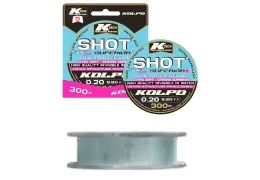
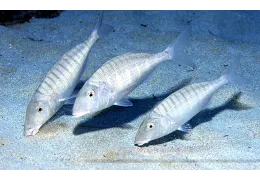
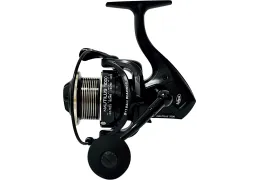
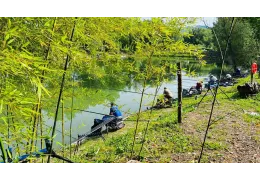

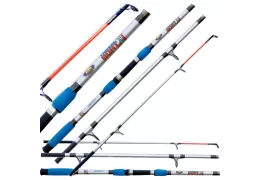
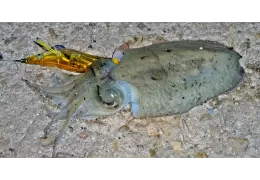
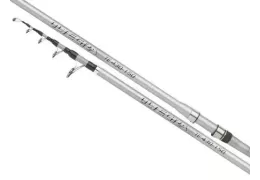
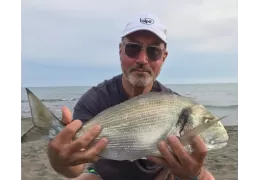


Leave a comment
Log in to post comments